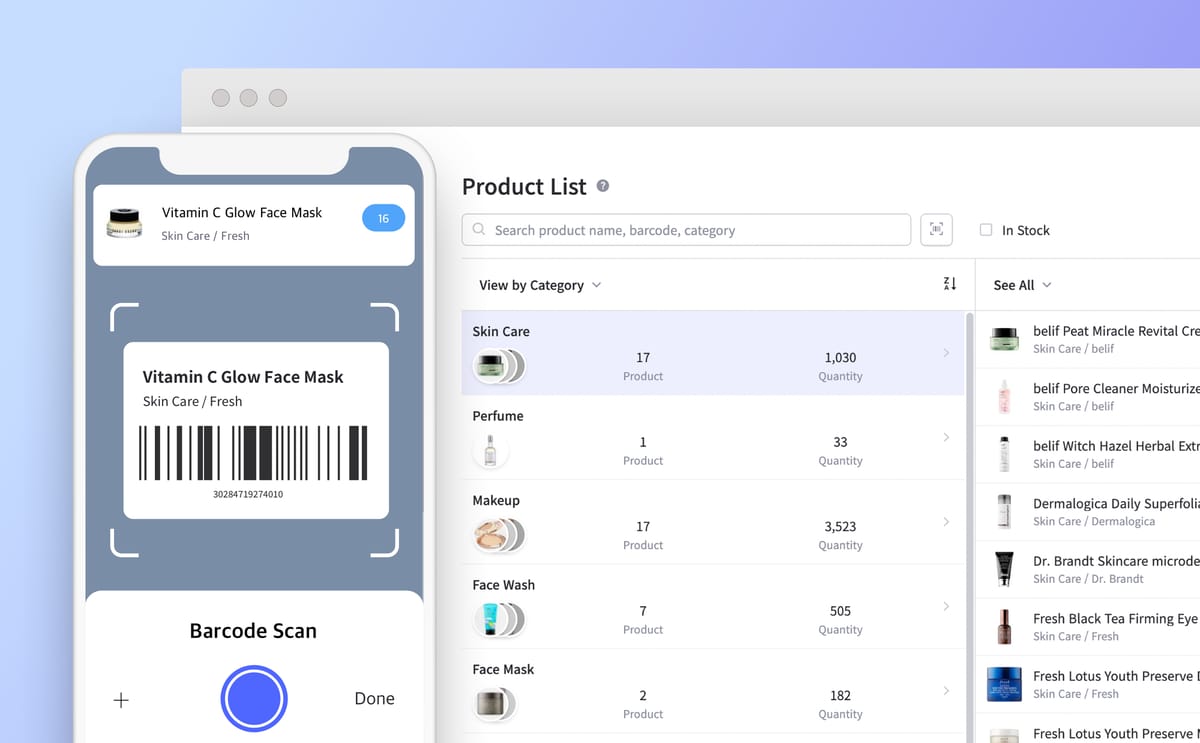Managing Inventory Risks: Four Key Methods for Businesses

In business, various risks exist. Risk refers to the potential for losses or damages that can negatively impact a company's business. Since risks can occur anytime and anywhere, it can be challenging to deal with them. However, it is essential not to overlook the importance of risk management. Without preparing for uncertainty, it can have adverse effects on business operations and growth. Companies need to properly identify and manage situations that can negatively affect their business to minimize the resources that risks may consume.
Types of Risks to Consider
Companies operate in the face of numerous uncertainties. By understanding the types of risks, businesses can better identify situations that can negatively affect their operations. What are the potential threats on the horizon for businesses?
- Market Risk: Arises from changes in consumer market dynamics, such as fluctuations in the economy and increased competition.
- Financial Risk: Poses threats to financial stability due to factors like rising interest rates, exchange rate fluctuations, and poor investments.
- Operational Risk: Occurs due to system failures, inadequate staff management, external incidents, and other operational challenges.
- Legal Risk: Arises from regulations or rules that impede business activities.
- Reputation Risk: Arises from ethical issues, customer dissatisfaction, and impacts on the company's reputation.
- Security Risk: Involves factors that threaten business operations, such as data breaches and unauthorized access to systems.
While risks occur in various situations, it is practically impossible to prevent all risks using the same resources. Therefore, companies need to prioritize risks based on their specific situations and develop efficient risk management strategies.

Which type of risk poses the biggest threat to businesses? It is challenging to define the level of risk precisely. The level of risk can vary depending on the industry and the size of the company. However, in general, risks that companies have less control over, such as market risks like economic fluctuations or legal risks like regulatory changes, are considered more significant risks. Conversely, factors that companies can address directly tend to be less risky. For example, inventory-related risks that can lead to customer dissatisfaction, such as shipping errors, delays, or stockouts, are relatively minor risks.
Enhancing Business Efficiency through Inventory Risk Management
No risks should be underestimated, especially for small and medium-sized businesses (SMBs) that need to manage smaller risks effectively. As the reputation of businesses, including customer trust and loyalty, significantly impacts business growth, properly managing inventory-related risks can help prevent reputational damage. So, how can you prepare for inventory risks?

Supplier Management
Lack of a proper relationship with suppliers can result in procurement disruptions for raw materials or components. Conduct thorough market research to select reliable suppliers and establish efficient communication channels using order management solutions. Effective communication is crucial to understanding lead times accurately and preventing inventory shortages. Even with trustworthy suppliers, regularly evaluate product quality, and lead times, and consider securing backup suppliers to handle unforeseen situations.
ABC Inventory Analysis
If you're unsure how much inventory to keep for each item, try resolving inventory risks through ABC inventory analysis, which prioritizes inventory items. Only a few products have a significant impact on a company's sales. Typically, this analysis categorizes products into A, B, and C grades, where A-grade products account for about 80% of sales, B-grade products account for about 15%, and C-grade products account for about 5%. Ensure ample safety stock for the best-selling A-grade items to avoid stockouts, while closely monitoring inventory levels for the low-performing C-grade items to prevent overstocking.

Regular Inventory Audits
Imagine relying on inventory data and promising delivery dates, only to find out that the physical inventory is not available. This could easily lead to customer dissatisfaction due to stockouts. To reduce such inventory risks that damage customer relationships, it is crucial to have an accurate understanding of the actual inventory levels. Inventory audits involve verifying the consistency between physical inventory quantities and computerized records. Although it may be a bit cumbersome, regular inventory audits are the most accurate way to validate inventory quantities.

Implement Inventory Management Solutions
Inventory management solutions provide visibility into inventory and enhance the efficiency of inventory-related processes from procurement to sales. A leading inventory management solution like BoxHero offers barcode scanning capabilities and the ability to record real-time inventory status in the cloud accessible to all stakeholders. By utilizing such online-based solutions, businesses can prevent errors or losses that may occur with manual records or individual Excel files, and conveniently monitor real-time stock movements from anywhere.

Consider adopting inventory management solutions and other inventory risk management strategies to develop a risk management approach tailored to your company's situation. This will help minimize potential resource waste and make efficient business decisions.